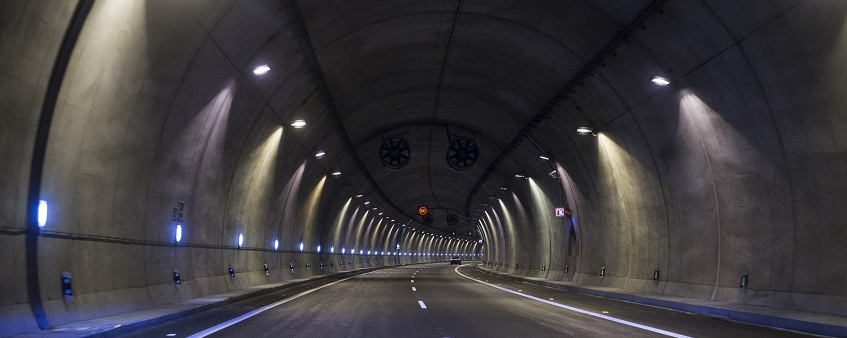Tunnel Ventilation Systems
The need for ventilation in highway tunnels is used because of the air pollution caused by the exhaust and heat of the vehicles. The combination of exhaust fumes and heat creates air pollution that adversely affects your health. One of the most important measures taken during the construction of tunnels is Tunnel Ventilation Systems. Ventilation of tunnels on highways was developed in the 20th century due to exhaust gases. The level of pollution can be controlled to limit the number of vehicles using the tunnel and to improve vehicle engines.
Highway Tunnel Needs
In addition to very short tunnels, ventilation is essential in road tunnels, especially during heavy traffic. If the traffic in a tunnel is driving in one-way and free flow, the air flow through which the traffic is provided is sufficient in tunnels up to 1-2 km long. However, ventilation is necessary if it is longer and the traffic is stopped or slow.
Types of Pollution in Tunnels
Pollution from exhaust gases in the tunnel: Carbon monoxide, nitrogen oxides, sulfur dioxide, organic compounds (unburned hydrocarbons and aldehydes), carbon particles (soot) and lead compounds.
• Carbon monoxide: The main pollution caused by the exhaust gases from the gasoline engines is carbon monoxide. It is known that the formation of carbon monoxide, even at very low concentrations, poses a death hazard.
• Nitrogen Oxides: The exhausts of both gasoline and diesel engines form NO and NO2 gases. Less toxic than carbon monoxide.
• Sulfur Dioxide: Irritating to nasal and bronchi. In amounts of 5-10 ppm is undesirable. It is very small among motor vehicles. No tunnel ventilation problems.
Tunnel Ventilation Systems which is one of our services with our 25 years of experience. In parallel with the developing technology, we work with our strength to produce customer satisfaction oriented projects in the best way with our young and dynamic team of experts.
Ventilation Systems in Tunnels
Air distribution systems in general; longitudinal, transverse and semi-transverse. The simplest is the longitudinal ventilation, air enters from one end of the tunnel, exits the other end. Air; wind, pressure difference, one-way tunnels in the vehicle drift, or a fan system moves. The transverse ventilation is independent of the longitudinal air flow and is provided by drawing the air from the other ducts through the two channels present through the tunnel. Air flow is provided by fan.
Longitudinal Ventilation Systems
Very short tunnels, especially in mountainous areas, are windy and the traffic is not frequent, so ventilation is self-contained. Tateyama (Japan) tunnel, 2100 m. length and 2400 m. height and of course natural ventilation was found appropriate.
Transverse Ventilation
Full transverse ventilation for the middle of long tunnels is an ideal system if it does not interfere with installation and operating costs. The required air is drawn through the duct at the elevation level. The supply and withdrawal of air can also be reversed.
If you want to get information about our Tunnel Ventilation Systems and other services, you can contact us at 0212 659 69 39 and info@kmkmekanik.com e-mail address.
